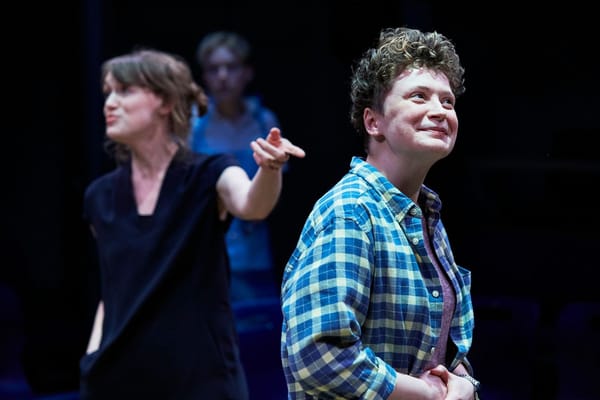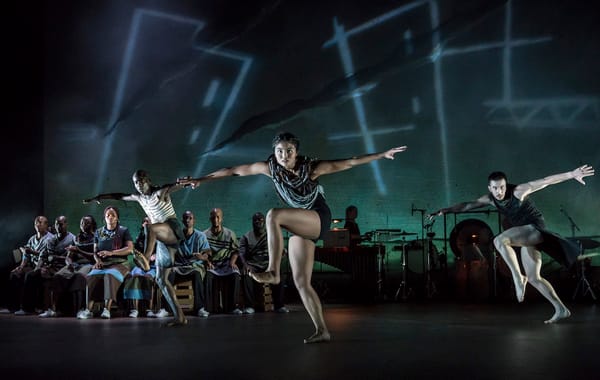Death of a Salesman
Intelligent reinvention strikes new chords.

Arthur Miller’s Death of a Salesman holds a place in the western theatrical collective consciousness that is only occupied by a few other plays. It’s eternally performed, eternally taught, eternally lauded. A play one has probably lied about seeing at some point, not out of some desire to impress, but a sincere sense that it’s always been there and “of course I’ve seen it!”. Such is it status that when it’s listed to be performed again, one doesn’t have a sense of excitement but rather a feeling we’re going through the standard rituals of theatre watching. But now I should be emphatically clear, here at the Young Vic this feeling is completely blown away – this is a production of such power and talent that a genuine sense of gratitude and awe is being excreted from each pore as you stand to clap the cast come the end of the near three hour performance.
Wendell Pierce’s performance as Willy Loman is one that spans time, we’re in 1949 with him but also recognising deeply modern themes within ourselves. The sense of great change in the world around you that seeps from the play is transmitted wonderfully from Pierce’s powerhouse of a performance. Pierce sets a bar that is high but it is certainly met by his cast members with Arinze Kene as Biff Loman and Martins Imhangbe as Happy Loman also putting in performances of stupendous quality. Kene’s writhing, seething and pained demeanour throughout conveys the torment that is the essence of Biff Loman’s sense of wrong in the world. Whereas Imhangbe displays the dual consciousness, the smile on the troubled soul, the blissful ignorance and insidious committal to the American dream that underlines the Loman family fate wonderfully. The duo’s chemistry and physicality mean you will be hard pushed to find a better pair of Loman brothers on stage.
The decision to cast the Loman family as an African-American one adds layers of thematic depth and evokes commentaries not found in Miller’s original script. The play’s historical setting means it is well suited to exploring assimilation after the Great Migration – the exodus of African-Americans from the rural American south to the industrialised north. One can’t help but having a nagging sense the Loman fate is as much a result of discrimination as of their naive committal to America. A feeling that is only exaggerated when the successes of the white Bernard (Ian Bonar) and Howard Wagner (Matthew Seadon-Young) are made clear.
The sense of a shifting reality around you that underlies Miller’s piece, is also nicely coupled with the experience of a great migration and you are invited to see the world through the eyes of those who were experiencing this new world. Beyond the thematic exploration, the other refreshing spin that sticks in the mind are the set pieces of physical movement that allow us to enter Willy Loman’s troubled mind.
Innovation is really at the heart of what makes this performance great. Even if you have seen Miller a dozen times before I can assure there is something here that you can not afford to miss: intelligent reinvention has made Miller strike new chords.
- 5 stars








